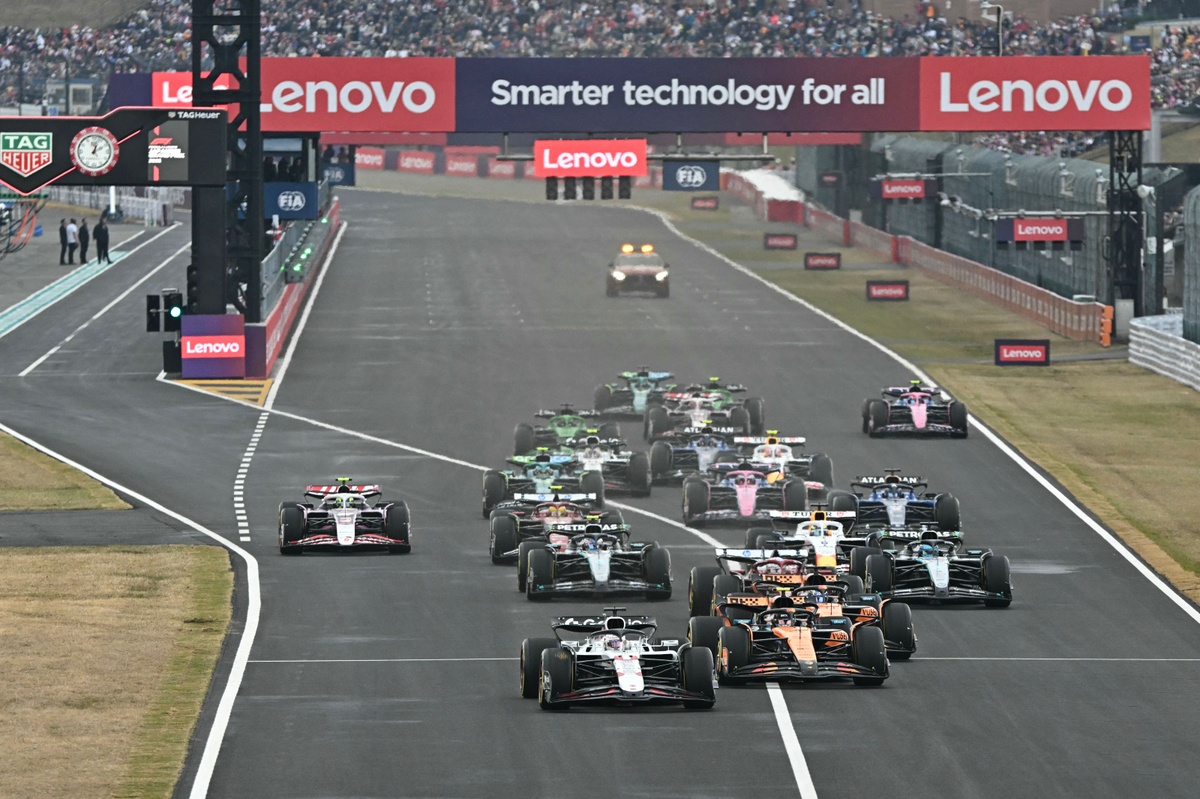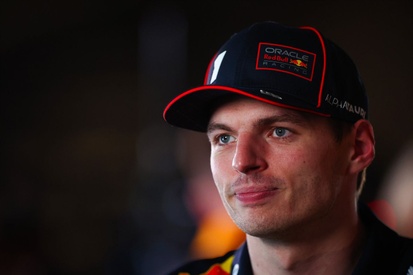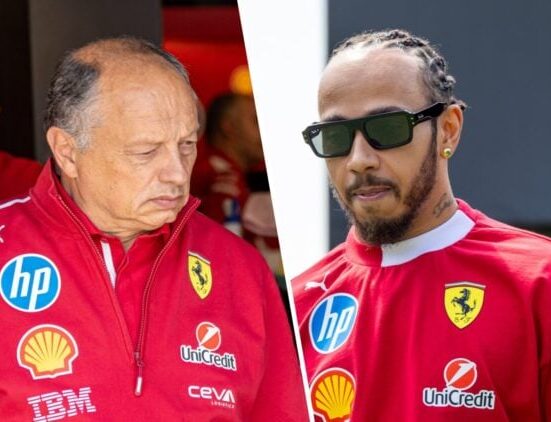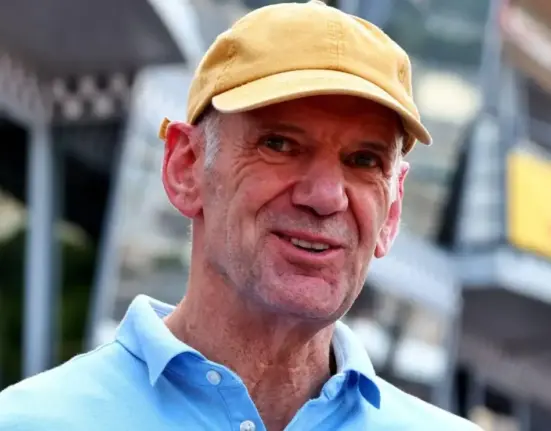Ahead of a grand prix weekend, most of us like to share predictions or try and guess who will come out on top on a Sunday. Data scientist Mariana Antaya took those chats one stage further and built a machine learning model to try and predict F1 race results. So far, her model has correctly called the winners of three grands prix this season.
“I’m a really big Formula 1 fan,” says Antaya when speaking with Motorsport.com. “Machine learning and all these algorithms are really widely used in Formula 1 by the teams. I don’t think as many people know, but the race engineers are using this for their strategy in real time.
“So, I wanted to try to predict the winner as a fun exercise, just to see, like, how good we can get with the data that’s available.”
To do this, Antaya started building a model of her own. Armed with lap times from last year’s Australian Grand Prix, which was sourced from the FastF1 API data store, Antaya set about comparing the 2024 race result with qualifying performances in 2025.
Once the rookies were removed from the program, which Antaya admits is the one factor she “interfered with” as there was no data to benchmark against, she began training her model. Using a gradient boosting tool, Antaya predicted the lap times for the race in Albert Park, and her program correctly picked Lando Norris as the winner.
“I said at the end of the video, this is obviously a simple model, and I didn’t know it was going to predict right,” Antaya says. From there, the project started growing as the F1 community gathered around to see how many more races Antaya could correctly call.
“I wanted it to be a crowdsourced type of thing,” she adds. “So, all of the audience could say ‘I really want you to include weather data in it,’ or ‘I really want you to include the practice sessions in the model.’
“I wanted people to tell me what other features they wanted to add to the model to improve it over the course of the season.”
Formula 1 Fan Mariana Antaya
Photo by: Mariana Antaya
And improve it has, as the machine learning model is continuing to predict race winners correctly. This doesn’t mean it’s perfect, however, and Antaya is now adding more datapoints to the program to help increase its accuracy.
“Having more data is going to help the model learn more and it’s going to be able to make better predictions,” she explains. “If you only have so much data, it’s going to have a very small mind, I guess, and it won’t be able to understand as much.”
In order to expand the mind of her model, Antaya added weather data ahead of the Japanese Grand Prix, which included the chance of rain during the race and track temperatures at Suzuka. In addition to this, wet-weather performance of the drivers was also added, and the program used this to correctly predict Max Verstappen’s victory at the race.
The next big step for the model came ahead of the Saudi Arabian Grand Prix this weekend, when it was trained on each team’s performance so far this year. Antaya explained that the extra strand of data would help her program understand that teams like McLaren and Williams have made a step forward in 2025, while others such as Red Bull aren’t performing consistently as well as they were in 2024.
“Now we’re taking into consideration more of a holistic picture of how well the car and the team is performing,” she explains.
‘Surprised’ by the series
The series of posts on Instagram and TikTok has been growing in popularity with each successive upload, and the clips have even reached Formula 1 itself. A handful of engineers from F1 teams on the grid reportedly reached out to Antaya after she started uploading, and she’s now looking forward to finding out how close she got to the prediction models used in the series.
“I’ve been shocked [by the response]. I’ve been really, really surprised,” she says. “I honestly have no idea [how the teams do it]. That’s a black box to me, I wish I knew. But I hope I’m doing it correctly or something similar. They are using, probably, much more complex models and much more data that they have on the car though, for sure.”
Hannah Schmitz, Principal Strategy Engineer of Red Bull Racing
Photo by: Peter Fox – Getty Images
With three out of five race winners correctly predicted, Antaya isn’t resting on her laurels as she hopes to make the predicter even more accurate. Ahead of the Miami Grand Prix, the data scientist says she wants to start experimenting with more complex machine learning processes to increase the accuracy of her predictions and reduce the mean absolute error of the model, which can be thought of as the average difference between the model’s predictions and the race result.
But while the accuracy of the model could increase thanks to additional datapoints and new processes being implemented, Antaya is aware that in F1 there will always be unpredictable elements.
“I think there’s always going to be that barrier,” she adds. “It’s really hard to be able to tell that there’s going to be a safety car this lap, and that this is then going to trigger some other stream of events.
“Maybe we could pull past data on crash percentage during the race, and that’s something that we can add as another feature. But it’s also a sport, so it’s not like we can look into the future and see what’s going to happen all the time.”












Leave feedback about this